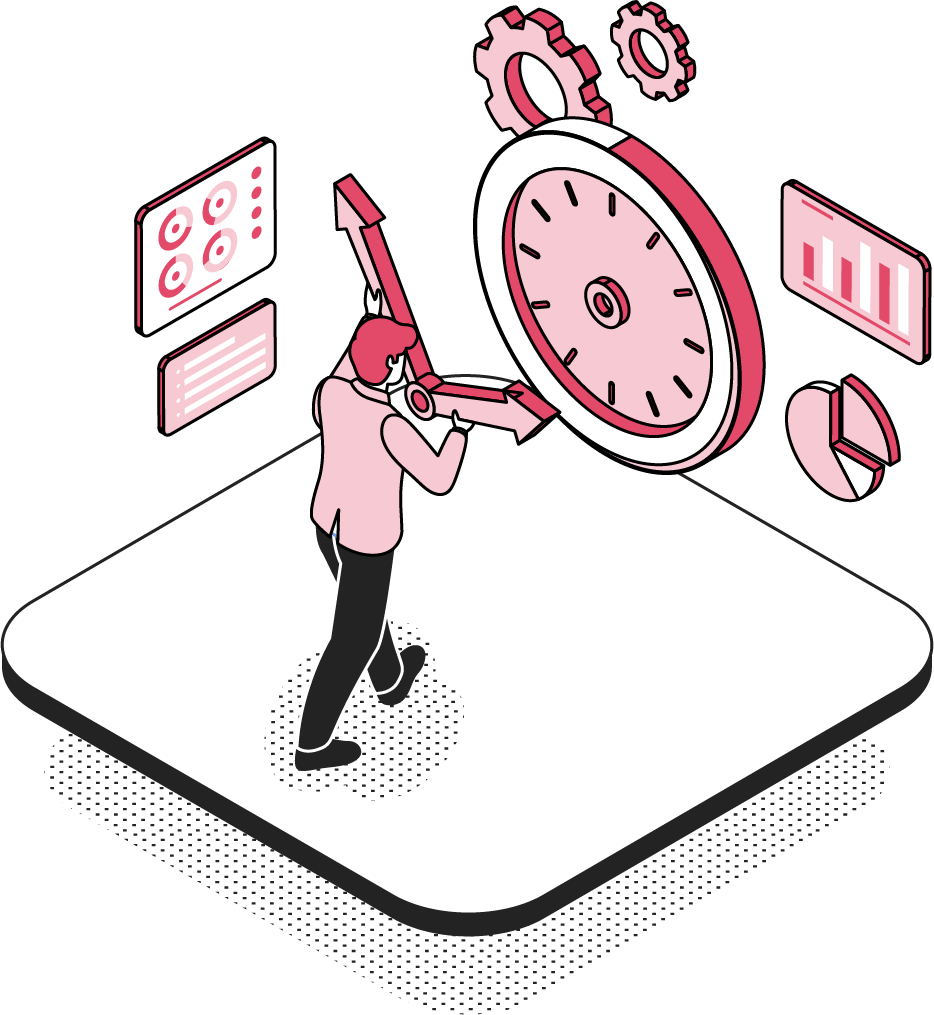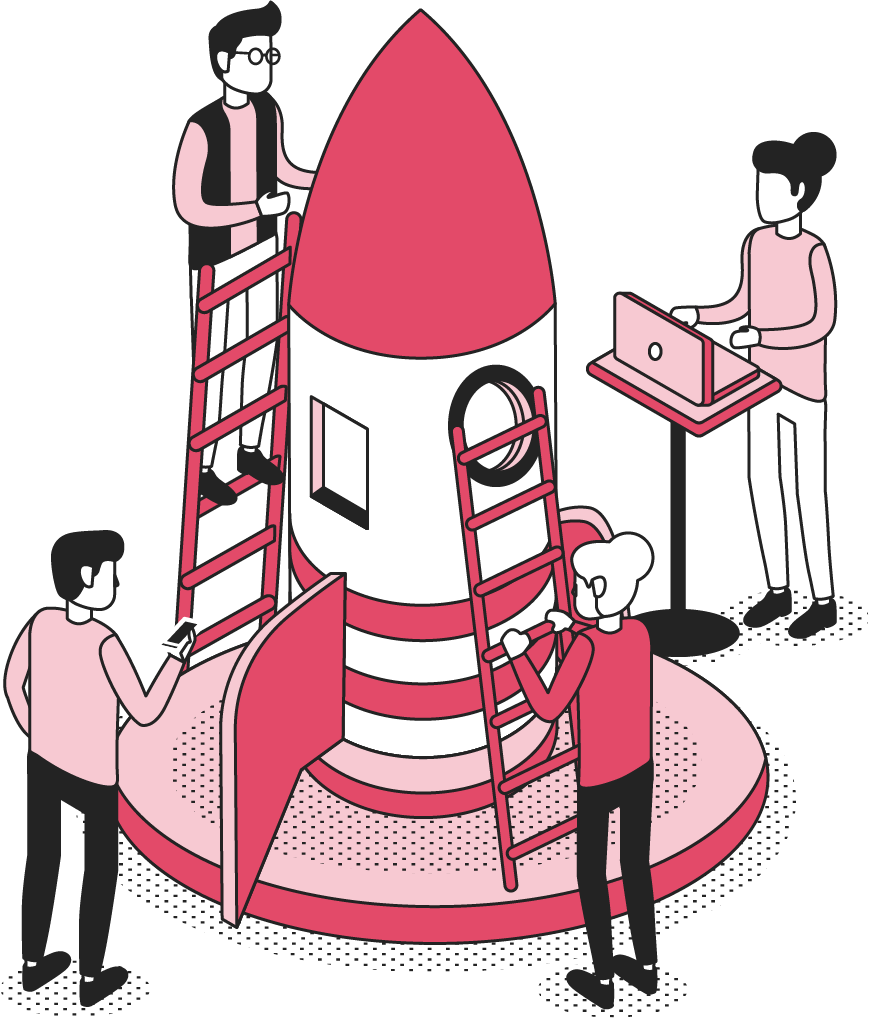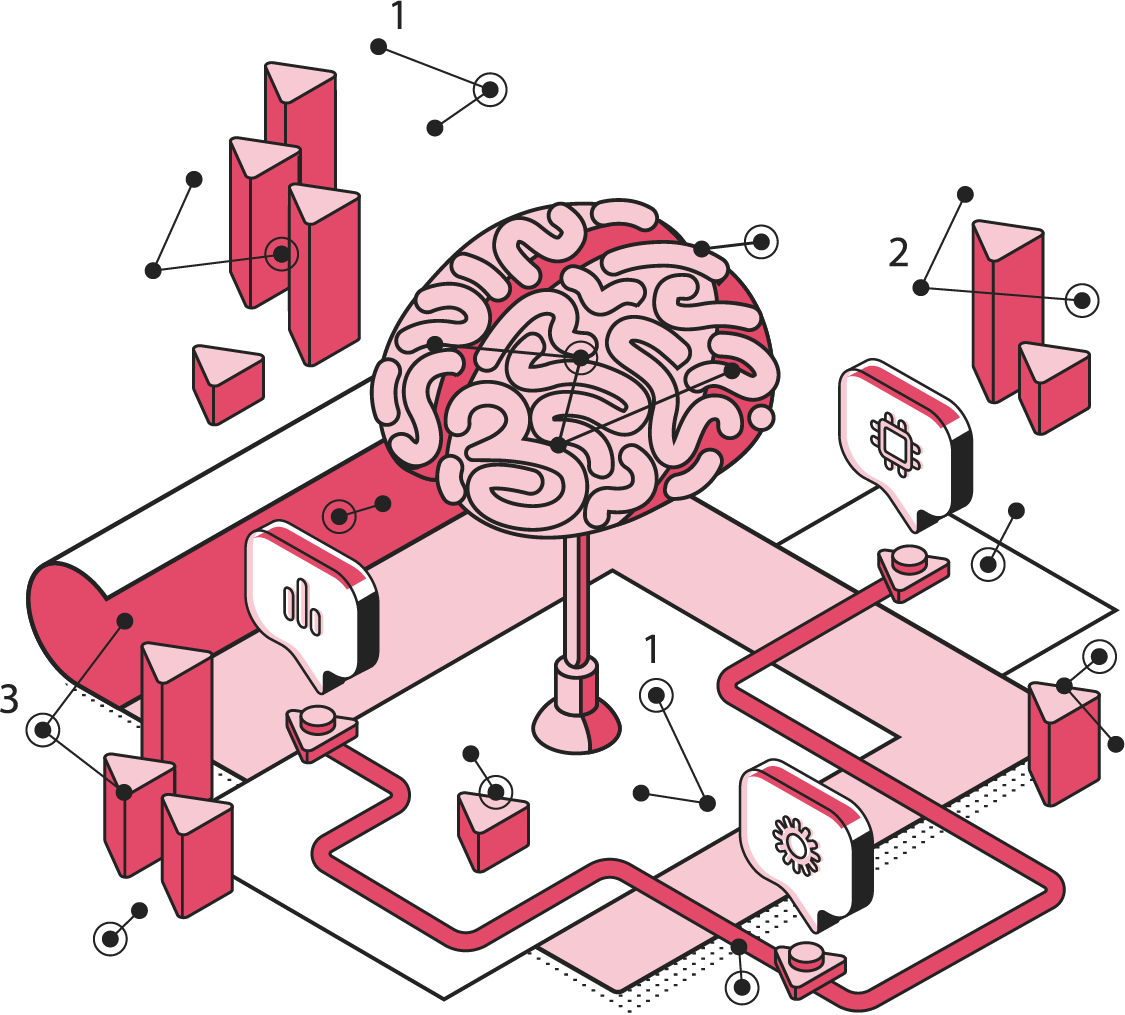Back
Legal Ops Tools: The Legal Department Service Charter
3 mins • 15 May 24

What is a Legal Department Service Charter?
Does your legal team butt heads with other internal departments? Are you happy with how the performance of your in-house legal team is being judged? No? Do you have a Legal Department SLA or Legal Department Service Charter (LDSC) as we call it - in place? Quite possibly not.
A Legal Department Service Charter sets out for your in-house legal team and your internal clients the operational frame of reference for your legal department – including the service levels you will offer your clients.
A Legal Department Service Charter is without doubt a legal operations team essential. Without it, corporate counsels have little chance of being judged and lack the ability to prioritise their operations and resources.
Just like the quote from Alexander Hamilton, if you have not communicated to your in-house legal team and your internal client what you stand for, and what service levels you will offer, we cannot expect them to know the best way to interact with your team and know how your performance should be judged.
In this blog, we discuss the problems a legal team can face when it operates without a Legal Department Services Charter, along with the benefits it can bring and how easily and quickly you can implement one of your own.
Low Legal Team Value Recognition
GLS has observed a consistent correlation between in-house legal teams that do not enjoy optimal value recognition and the absence of a clearly articulated and authoritative Legal Department Service Charter.
The Legal Department Service Charter sets out the performance levels that your General Counsel has agreed that the legal team will offer to the Business.
If you do not have a Legal Department Service Charter it makes it extremely difficult for your legal team to have its performance judged fairly.
What Does A Legal Department Service Charter Do?
The Legal Department Service Charter has three primary purposes:
Legal Team Focus
Firstly, it serves as a reference for your team members, defining a focus, direction and context for their efforts and contributions – the team's function & purpose and the means to achieve it.
By providing clear directions as to the purpose and objectives of the team, the legal services it is to offer, and ways of working, the LDSC keeps the team focused on the right activities and maintains critical departmental momentum.
Greater legal team focus and greater legal efficiency can only be achieved if your legal team understands its role and performance expectations.
Obviously, important data analytics should be conducted on your ability to meet the standards of your LDSC. All legal teams should be conducting this basic level of data analytics over its legal operations.
Legal Team Engagement
Secondly and critically, it educates the internal clients and wider business units as to what your in-house legal team actually does – providing understanding of a department's purpose heavily influences how it is used.
The LDSC also prescribes how internal clients should interact with the IHL and what they can expect from their interactions with the IHL team – bringing clarity around your IHL’s role and performance.
Sadly, too few IHLs consciously implement LDSCs, resulting in “mandates” that evolve into existence as a business grows, without the same deliberate intent as many other business areas benefit from.
Legal Transformation Agenda
Lastly, a board’s charter is a vital instrument that clearly defines the roles, responsibilities and authorities of the board of directors and sets the direction for the management and control of the organization.
Similarly setting boundaries, establishing authorities and clearly communicating expectations around the performance of your legal function is critical, particularly given the growing pressures IHLs face.
Businesses are increasingly expecting IHLs to perform miracles and deliver unlimited legal support, in real time, with little/no turn-around time – an unrealistic expectation that is hard to manage without an LDSC.
The IHL’s responses need to be clinically precise and increasingly customer centric but also have a much sharper sense of operating priorities – something hard to deliver without a clear LDSC asset.
As you can - if you do not have a LDSC in place - what then would be the objectives of your legal transformation planning as you seek to improve the performance of your legal team and set your legal ops agenda?
Operating Without a Legal Department Service Charter
We consistently observe that in-house legal teams operating without a meaningful LDSC frequently experience some, if not all, of the following performance challenges:
- No Man’s Land: the IHLs seem to just exist – operating in a kind of "no man’s land" in terms of authority, reporting, autonomy or mandate.
- Unfair Performance Assessment: the team’s performance is undervalued in part due to a lack of clear performance criteria against which it should assessed (i.e. it's hard to conduct legal analytics on performance).
- Opaque Engagement: unclear / no formal rules / guidance around how the business should engage with its IHLs.
- Disorientated Productivity: being busy is not the same as being “productive”. Without a clear and consistent objective, in-house legal team capacity is wasted on out-of-scope matters.
- Perception of Low Performance: in-house legal teams are judged against constantly shifting goal posts, exacerbated by frequent pressures to undertake tasks that are not within their domain of expertise.
- Inadequate Resourcing: regularly being asked to reduce budgets and IHLs being unable to defend budget decisions, resulting in a perpetual firefighting modus operandi.
- Blame: in-house legal team become the scapegoat whenever things go wrong, because the perception is that they are responsible for everything.
- Perpetual Firefighting: in-house legal team operate on a reactive footing, rather than preemptively working with the business to pro-actively control the utilization of IHL resources.
The Benefits of a Legal Department Services Charter
Excessive uncertainty is a miserable problem for in-house legal team and their internal clients to deal with. The absence of an LDSC perpetuates the corrosive impact of operational uncertainty.
By using an LDSC to remove that uncertainty, your legal function can begin an operational transformation that is increasingly characterized by the following performance features:
- Platform Legitimacy - the LDSC delivers you and your team a clear and legitimate platform that the business can understand and respond to.
- Clear Responsibility Delineations - the LDSC should be clear on the domains of responsibility inside your business and such endorsements should ideally be delivered from the Board level.
- Authority - your LDSC should capture you authority within the business
- A Clear Operating Protocol - a clear standard operating procedure for how the business should engage with the in-house legal team and vice versa is available to your business
- Focus on the Internal Client - an increasingly client centric protocol to your business – something that will be appreciated by the internal client, whilst also effectively managing expectations
- Work Prioritization - your LDSC will enhance your ability to manage finite team resources – decisions can be made in light of agreed/endorsed priorities
- Internal Client Validation - the basis for you to objectively demonstrate your in-house legal team's contributions via empirical data comes into existence – performance against agreed priorities can be assessed
- Legal Budgeting Legitimacy - in-house legal team budget requests can increasingly be supported by hard data that shows the effectiveness of your strategic planning and how you have discharged your mandate
- Increased IHL Team Morale - morale is improved as the team’s recognized mandate and operational boundaries are more clearly understood and operational uncertainty is eased
The GLS Legal Ops Solution
As with most things – you could take the principles contained in this blog and produce an LDSC for yourself. The problem with that is, if you are like most in-house legal team, you simply do not have time to do it.
Fortunately, and this is the point of the GLS Legal Operations Centre, we have developed a world class “ready to go” LDSC that you can quickly customize and implement into your business ecosystem.
The GLS Legal Dept. Service Charter™ has been developed by former GCs, Board Directors and C-Level executives to be functional, understandable and provide a clear and authoritative charter for your IHL.
Legal Ops Essential: The GLS Legal Department Service Charter™
GLS Legal Dept. Service Charter™ will help you:
- clearly and authoritatively delineate your in-house legal team domains of responsibility
- capture your in-house legal team's authority within your business
- set the terms of engagement for your business
- set clear expectations for your in-house legal team
- help set the context for better prioritized decision making
- help legal transformation from an "Old Law" to a “New Law” footing
- optimize the utilization of your budget and resources with better financial management
- deliver better results for your internal clients verified with legal analytics tools
- get better recognition for the results that you deliver to your internal clients
- get serious about your legal transformation agenda.
So, if you believe your legal department is being judged unfairly, or having trouble setting your legal ops transformation agenda - chances are you need to spend some time putting in place an appropriate Legal Department Services Charter.
Legal Department Authority Mandate
The Legal Services Charter should also clearly point to the authority under which the in-house legal team operates. We call this the Legal Department Authority Mandate.
Conclusion & Next Steps
Overcoming the chronic low value recognition profile suffered by many IHLs is not something that can be solved by a “magic pill”. However, certain steps are more foundational than others – the LDSC is one.
Operating without a clear LDSC denies you access to the things that drive IHL value recognition – namely clarity around your mandate, authority, engagement protocols, priorities and ultimately your performance.
If you want to empower your legal team through an “enabling platform”, then the GLS Legal Dept. Service Charter™ represents a highly qualitative and efficient way for you to do so.
Ready To Transform Your Legal Team?
Please check out the GLS solutions and know-how resources listed on the right side of this page – they might assist your legal team with the issues explored in this Blog.
© The GLS Group - Law Rewritten

The GLS Legal Operations Centre
Register to access your complimentary Day 1 Resource Stack packed with legal team performance resources.

GLS Ultimate Guide To Legal Operations
Download this and read it thoroughly and regularly. It is a wonderful transformation companion.

Book A No-Obligation Consultation
If you would like discuss your legal transformation needs, please book a 30 minute free consultation with us.

GLS Legal Transformation Boot Camp
Our hugely successful, 10-week long, email-based boot camp on how to effectively transform your legal team.



